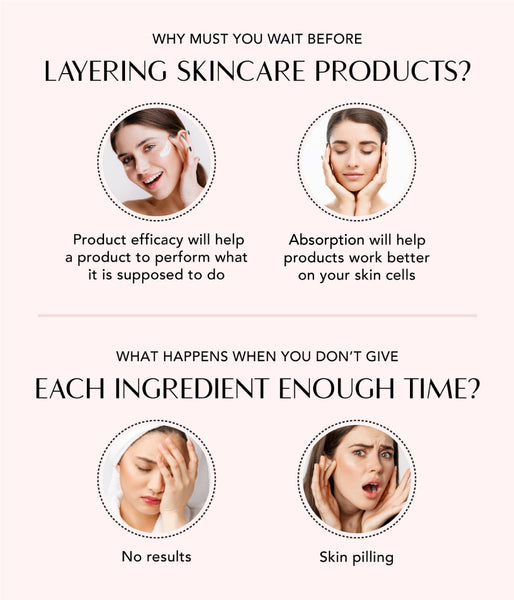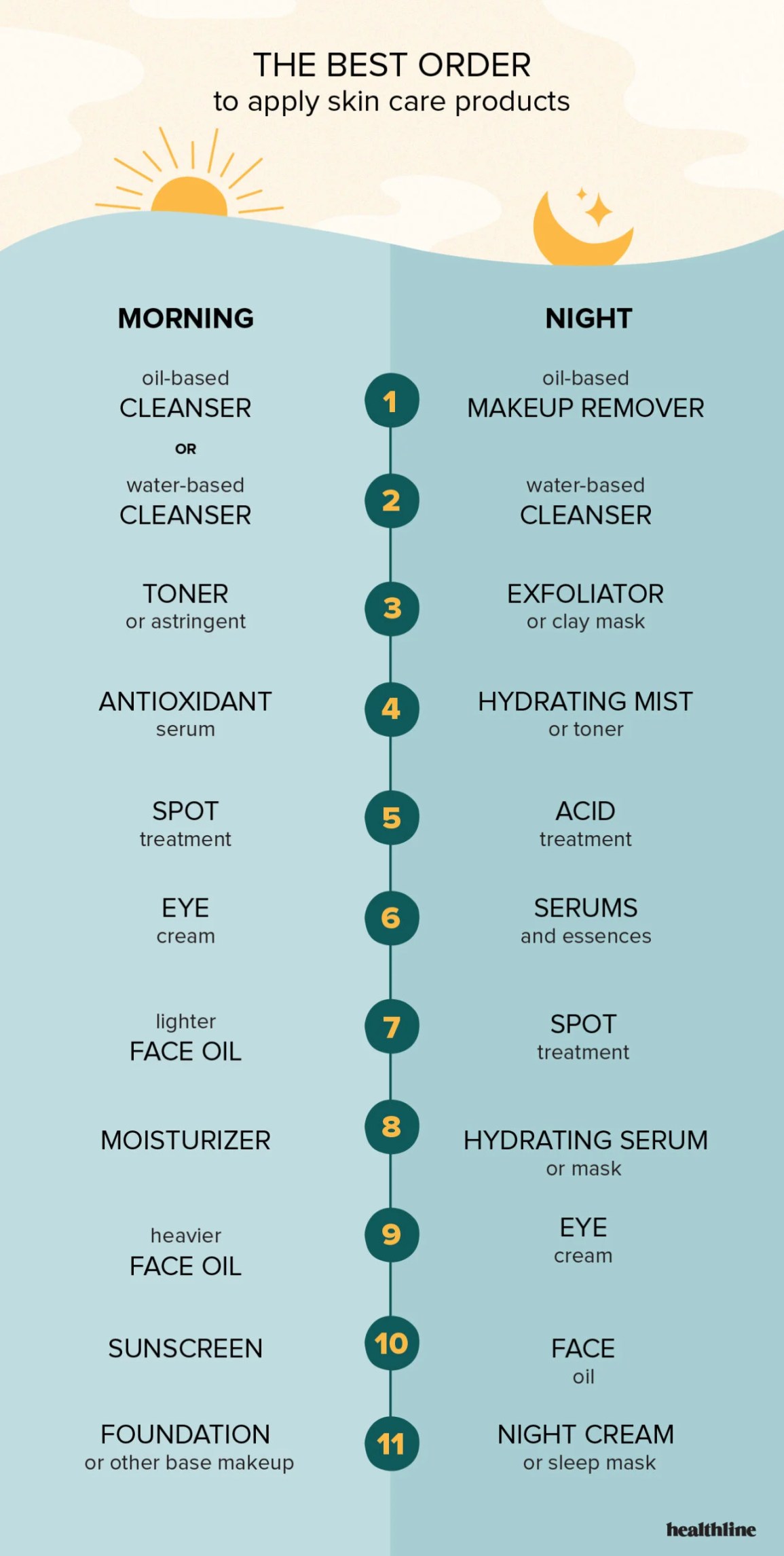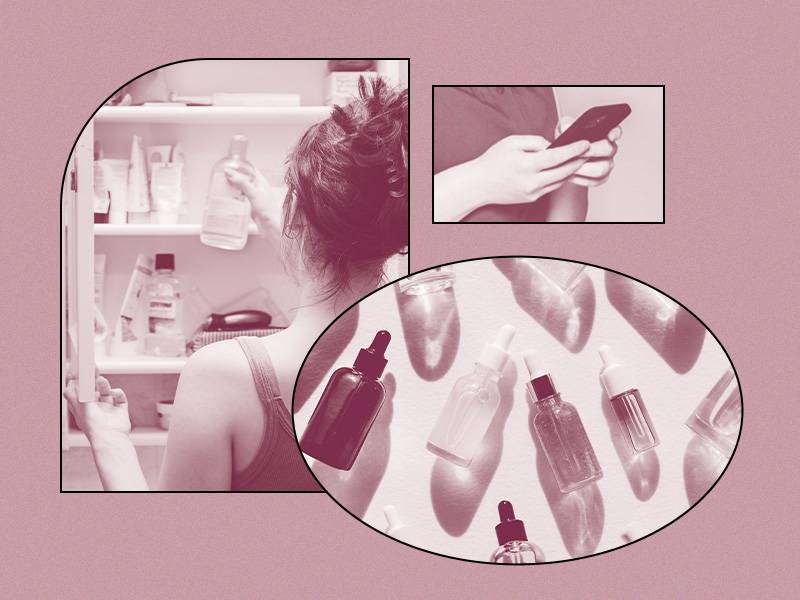Fort Walton Beach, FL
428 Mary Esther Cut Off NW Unit A,
Fort Walton Beach, FL
32548, United States
(850) 374-3595
Discover how often you should replace your skincare products. Learn about the factors to consider and recommended replacement frequencies for cleansers, toners, serums, moisturizers, eye creams, sunscreen, face masks, and makeup. Achieve healthy, glowing skin.

Are you confused about how often you should be replacing your skincare products? It’s a question many people have, and it’s important to find the right balance between using your products for too long and wasting money by replacing them too frequently. At The Beauty Experts, we understand the importance of skincare and want to help you make informed decisions. With our expertise and guidance, we can provide you with the knowledge you need to determine when it’s time to switch up your skincare routine. Visit our website or give us a call to learn more about our services and how we can help you achieve healthy, glowing skin. Have you ever wondered how often you should replace your skincare products? It’s an important question to consider, as using expired or ineffective products may not deliver the desired results for your skin. In this article, we will explore the factors to consider when determining the replacement frequency of various skincare products.
The type of skincare product you are using plays a significant role in determining its replacement frequency. Different products have different formulations and active ingredients, and they may have varying shelf lives. It’s essential to understand the specific recommendations for each product type.
One of the primary factors to consider is the expiration date of your skincare products. Skincare products, like any other consumable items, have a shelf life beyond which their effectiveness may diminish or they may become harmful to use. Always check the expiration date before purchasing a skincare product and keep track of how long you have had it in your skincare routine.
Proper storage is crucial for maintaining the efficacy of your skincare products. Exposure to extreme temperatures, sunlight, or high humidity can degrade the ingredients and shorten the product’s shelf life. Make sure to store your skincare items in a cool, dry place away from direct sunlight.
Another factor to consider when determining the replacement frequency is how frequently you use a particular skincare product. If you use a product daily, it may need replacement more often compared to a product used less frequently. Take into account how much product you typically use per application and calculate its lifespan accordingly.
Now that we have discussed the factors to consider, let’s delve into specific skincare product categories and their recommended replacement frequencies.
Cleansers are an essential part of any skincare routine, as they effectively remove impurities, excess oil, and makeup from your skin. There are different types of cleansers, such as foaming cleansers, gel cleansers, and oil cleansers, each suited for various skin types.
The frequency of replacing your cleanser depends on various factors, including its formulation, expiration date, and how frequently you use it. As a general guideline, it is recommended to replace your cleanser every 3-6 months. However, if you notice any changes in its texture, smell, or effectiveness, it is best to replace it sooner.

This image is property of www.beautifulwithbrains.com.
Toners are used after cleansing to balance the skin’s pH levels, remove any remaining impurities, and prep the skin for better absorption of other products. There are different types of toners available, such as hydrating toners, exfoliating toners, and calming toners, each catering to specific skincare needs.
Similar to cleansers, the replacement frequency of toners can vary. Typically, toners last for about 6-12 months, depending on the product and its ingredients. However, if you notice any changes in color, consistency, or effectiveness, it’s recommended to replace your toner sooner.
Serums are concentrated formulations packed with active ingredients, targeting specific skin concerns like hydration, brightening, or anti-aging. There are various types of serums available, including vitamin C serums, hyaluronic acid serums, and retinol serums, each addressing different skin needs.
The replacement frequency of serums can vary depending on their formulation and ingredients. As a general rule of thumb, most serums can last between 6-12 months. However, it’s essential to check the expiration date and adhere to any specific recommendations provided by the brand.

This image is property of cdn.shopify.com.
Moisturizers are crucial for maintaining skin hydration, improving the skin’s barrier function, and preventing moisture loss. They come in various forms, such as lotions, creams, gels, and oils, catering to different skin types and preferences.
The replacement frequency of moisturizers depends on factors like the formulation, packaging, and shelf life indicated on the product. As a general guideline, most moisturizers can last between 6-12 months. However, it’s important to monitor any changes in smell, texture, or effectiveness and replace your moisturizer if necessary.
eye creams are specifically formulated to target the delicate skin around the eyes, addressing concerns like dark circles, puffiness, and fine lines. They often have unique textures and ingredients to cater to the sensitive eye area.
Eye creams typically have a longer shelf life compared to other skincare products due to their smaller packaging and specialized formulations. Most eye creams can last for about 12-18 months, but it’s still important to check the expiration date and replace if there are any visible changes in the product.

This image is property of i0.wp.com.
Sunscreen is an absolute essential in any skincare routine to protect the skin from harmful UV rays and prevent premature aging and skin damage. It is available in different forms, including lotions, creams, sprays, and powders, offering various levels of sun protection.
It’s important to note that sunscreen has a limited shelf life and should be replaced regularly. Most sunscreens have an expiration date printed on the packaging, indicating their efficacy. It is generally recommended to replace your sunscreen every 6-12 months to ensure optimal protection.
Face masks provide an additional boost to your skincare routine, offering targeted treatments like deep cleansing, hydration, brightening, or firming. They come in various forms, such as sheet masks, clay masks, gel masks, and overnight masks.
The frequency of replacement for face masks can vary depending on their type and specific instructions provided by the brand. Some masks are designed for single-use and should be discarded after each application, while others can be used multiple times. It’s important to follow the product instructions and replace your face masks accordingly.

This image is property of www.skincare.com.
Makeup products play a significant role in our daily beauty routines, from foundation and blush to eyeshadows and lipsticks. While makeup doesn’t typically have an expiration date printed on the packaging, it’s essential to monitor the freshness and performance of your products.
As a general guideline, liquid or creamy makeup products, like foundations and concealers, should be replaced every 6-12 months. Powder products, such as eyeshadows and blushes, can last up to 2 years. Mascara and liquid eyeliners, however, should be replaced every 3-6 months due to their proximity to the eyes and increased risk of bacteria growth.
In conclusion, the Replacement frequency of skincare products depends on multiple factors, including the product type, expiration date, storage conditions, and frequency of use. It’s important to regularly assess the condition and efficacy of your skincare products and replace them when necessary. By doing so, you can ensure that you are getting the most out of your skincare routine and achieving the desired results for healthy, glowing skin.